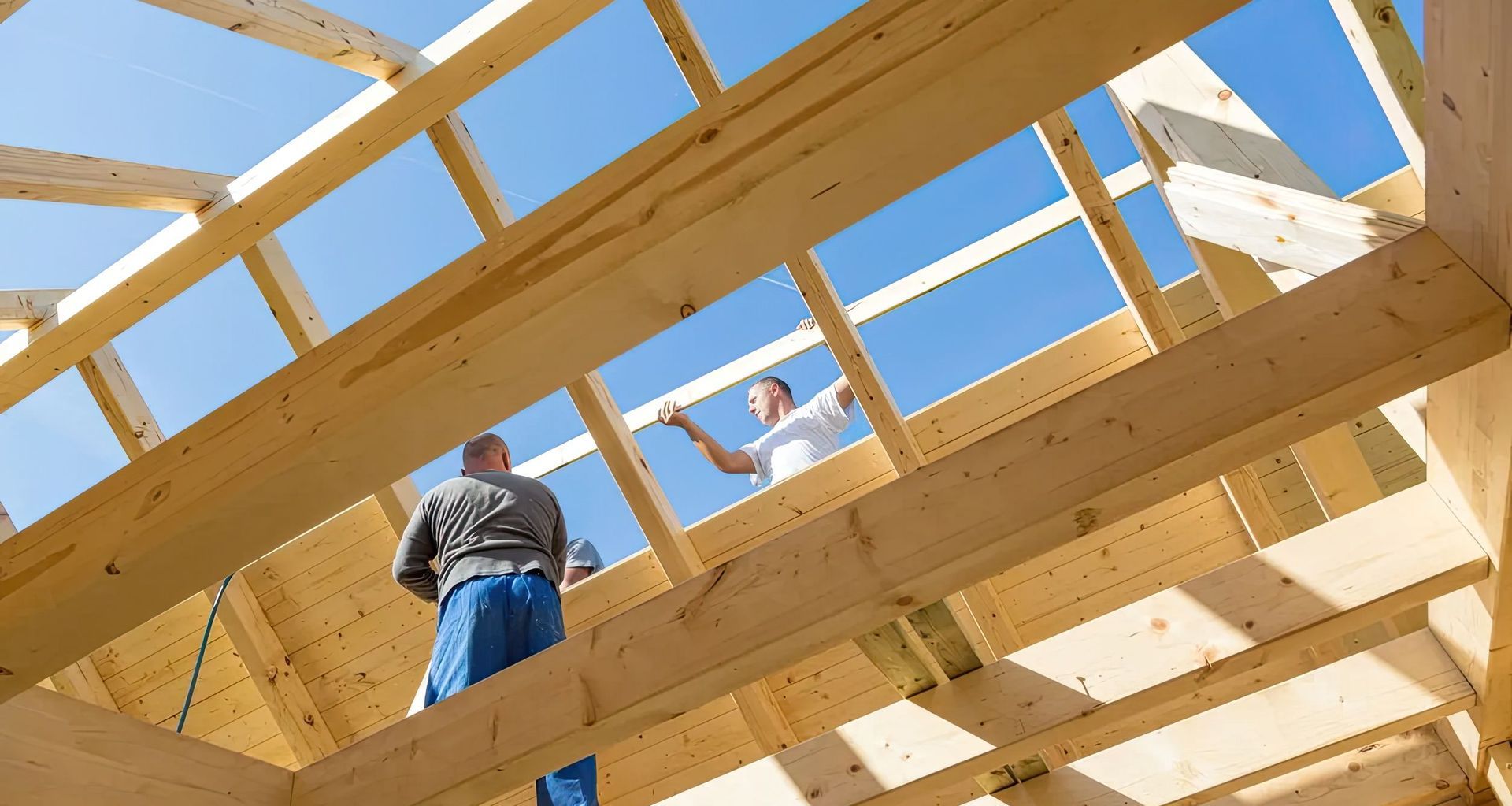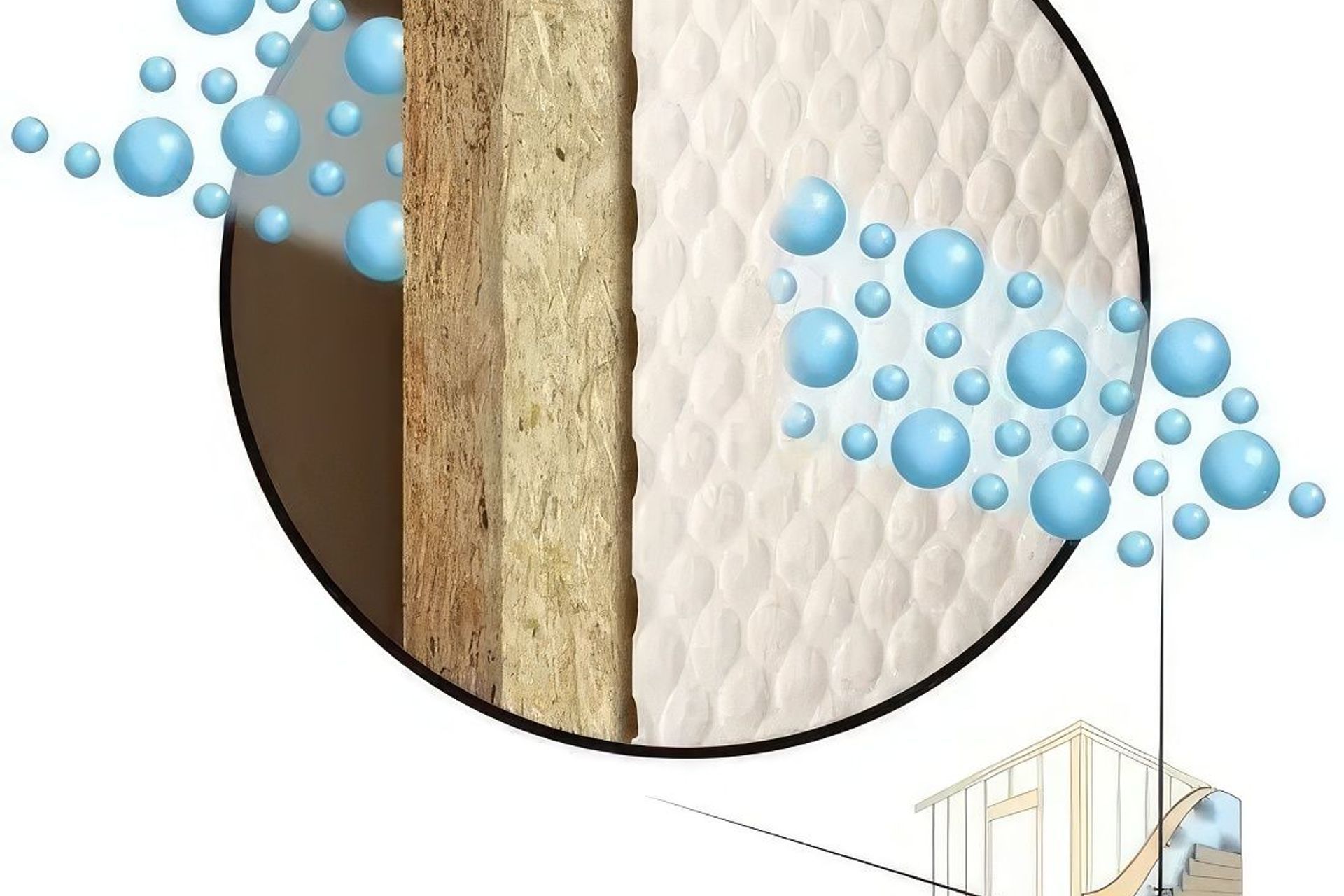Maximising Efficiency: Why a Timber Cavity Batten is Essential

Key Takeaways
- Timber cavity battens are critical components in construction for preventing moisture ingress and ensuring proper ventilation and drainage within wall cavities, which protect building structures from moisture-related deterioration such as mould and timber rot.
- Timber cavity battens are customisable in terms of size, type, installation methods, and wood species, with variations to suit different architectural needs and ensure adherence to local building standards for long-term durability and environmental protection.
- Proper installation of timber cavity battens is crucial for their functionality in protecting buildings from water damage. Ensuring the correct alignment, spacing, and securement of battens during the construction phase is fundamental to their performance and the long-term structural integrity of the building.
Understanding Timber Cavity Battens
In the construction of buildings, timber cavity battens play an essential role that goes beyond their basic appearance – they safeguard against problems associated with moisture. These battens create a shield to block the entry and build-up of moisture, which is vital for maintaining building integrity throughout design and actual construction phases. They offer protection from harmful mould growth and wood decay by controlling both condensation and moisture penetration.
What is a Timber Cavity Batten?
Timber cavity battens are a specialised solution, designed to facilitate superior drainage by directing water away from the structure, thereby preventing moisture accumulation within the wall cavity.
The purposeful design of this system enhances the overall strength of structures while ensuring effective ventilation. This significantly reduces the likelihood of moisture buildup.
Ventilation Benefits
Timber cavity battens are particularly valued for their role in enabling airflow within wall cavities. The design of these battens contribute to the effective movement of moisture away from the structure while promoting consistent air circulation.
The streamlining of air currents by means of cavity battens is crucial in preventing the buildup and condensation of moisture — factors that can lead to mould formation and damage to timber through rotting. It is essential that devices installed at the base of the cavity both block pests effectively and permit water vapour passage in order to maintain a well-functioning airspace.
Ventilation promotes healthier interior environments and improves the thermal capacity of the wall cavity.
Fixings and Installation Methods
The manner in which cavity battens made of timber are fixed and installed greatly affects their use. The robust nature of wood provides timber cavity battens with a reliable base for attaching fixings, thus accommodating an array of installation techniques that include:
- Fastening with screws
- Securing with nails
Such diversity allows these wooden battens to be employed flexibly across multiple contexts. A timber substrate also allows builders multiple fixing options when attaching cladding, to save time on site.
Thanks to this adaptive range of fitting methods timber delivers functional benefits and can enhance the overall finish of the sheeting product.
Importance of Vapour Permeable Membranes
The technology of vapour permeable membranes is applied to the outer layer of a building’s insulated envelope and consists of materials such as polypropylene or polyethylene. These materials have a microporous structure that allows water vapour to pass through while preventing liquid water from penetrating, thanks in part to hydrophobic substances added to increase this capability. While film laminate membranes are more effective at blocking out water, they tend not to let as much vapor through compared with their air-permeable counterparts. Illustrating the need for balance between these two characteristics.
In regions prone to cold climates where insulation may be insufficient or improperly installed, it’s essential that moisture can escape so as not build up inside walls. The use of membrane technology helps by allowing moisture evacuation, which reduces condensation risks and consequently minimises internal damage like mould growth or rot within wall cavities.

Below are some suggested steps to ensure proper function.
- Make sure wall wrap layers are appropriately placed and secured.
- Install flashing correctly around openings such as doors and windows.
- Confirm that wraps on walls secure properly permitting efficient release of moisture.
By following these guidelines, you’ll promote dryness retention—safeguarding your structures against various forms of degradation stemming from humidity buildup within wall systems.
Summary
To sum up, cavity battens made of timber play a pivotal role in enhancing the performance and durability of buildings. By understanding their significance and applications, builders, architects, or homeowners can significantly improve building lifespan, while creating a healthier indoor environment.
